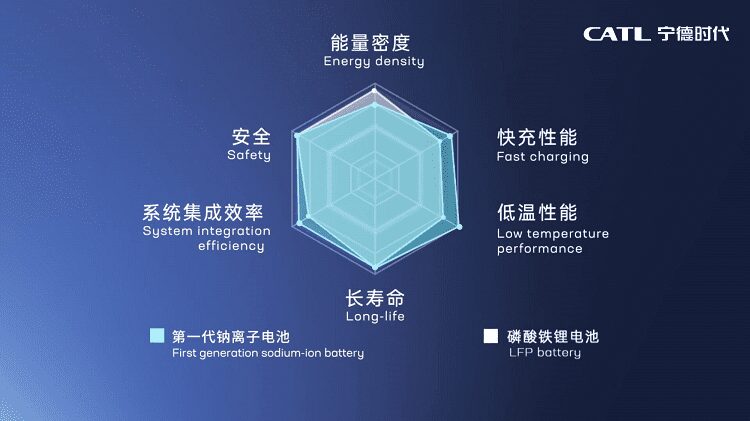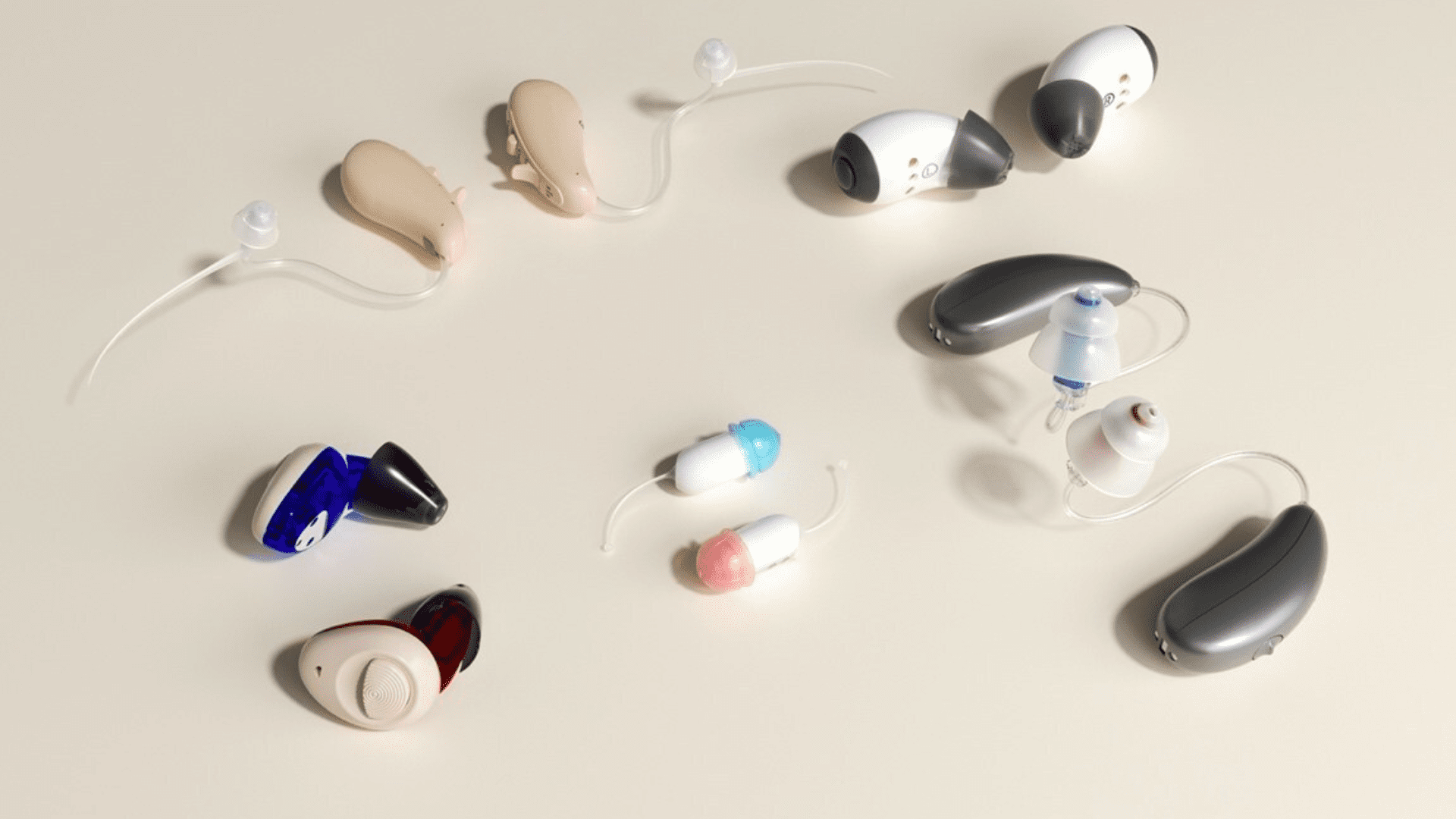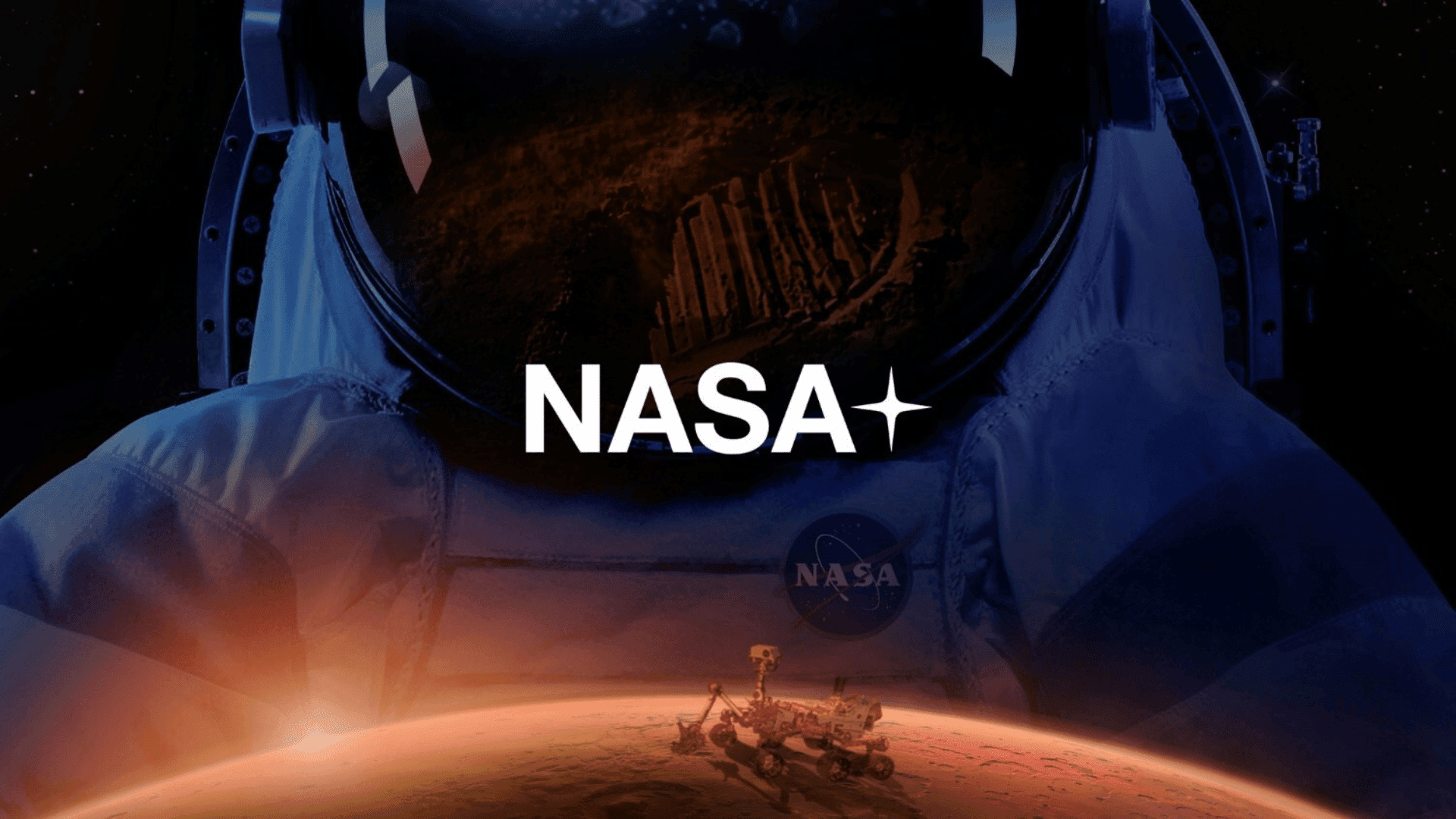Ever since Sony commercialized the first lithium battery in 1991, companies haven’t looked back at many other battery options. However, in the summer of 2021, China’s CATL, one of the world’s largest battery makers, announced that sodium batteries will play a role in the future of electric cars starting in 2023.
According to CATL’s announcement, sodium cells will be placed alongside lithium ones inside of the battery packs that power electric cars. The sodium-ion batteries are a solution for the use of clean energy in electric cars and thus work toward the worldwide goal of reaching net-zero carbon emissions by 2050.
Even though lithium is lighter and easier to work with than sodium, lithium’s deposits are concentrated in places that are hard to mine. Lithium is also projected to have increasing supply chain issues—experts estimate that lithium production will grow about seven times between 2020 and 2030. Additionally, lithium mining extraction requires an extensive amount of energy usage, and there are still many difficulties in determining how to recycle lithium-ion batteries sustainably and affordably.
Electric vehicle companies also use nickel and cobalt for electric vehicle batteries, but the competition, price, and supply chain constraints are high for both raw materials. For example, two-thirds of the global supply of cobalt are mined in the Democratic Republic of the Congo; human-rights activists have raised concerns over child labor and workers’ helalth conditions there.

Sodium could be the solution to some of these issues. For example, once sodium production is scaled, sodium batteries are estimated to cost 30 to 50 percent less than the cheapest electric car battery options currently available. Sodium also performs better in cold weather, charges faster, and can be found basically anywhere—the sodium content in earth reserves is 300 times more than lithium. It is typically mined from soda ash, but it can also be mined from seawater and peat from bogs.
In addition to electric car batteries, bigger energy projects like the energy grid are beginning to use sodium such as the energy grid. For example, nuclear energy company TerraPower’s Natrium™ technology utilizes a sodium fast reactor and integrated energy storage system to offer a firm and flexible baseload source of electricity. Since sodium has a higher boiling point and can absorb more heat than water, high pressure doesn’t build up inside the reactor. Additionally, they can store heat in tanks of molten salt, conserving the energy for later use.
In November of 2021, TerraPower announced that the Wyoming coal town of Kemmerer will be the location of its first demonstration sodium fast nuclear reactor. Once built, the plant will provide a baseload of 345 megawatts, with the ability to expand its capacity to 500 megawatts. For reference, a small town can operate on about 1 megawatt, and a midsize city can operate on 1,000 megawatts.
Discover more about the World of Production, and see the evolution of coupons, how the semiconductor shortage affects you, and how artificial trees are made.
Read more about nuclear energy HERE, or stream Tomorrow’s World Today’s four-part exploration of nuclear energy on Science Channel GO and Discovery GO!







